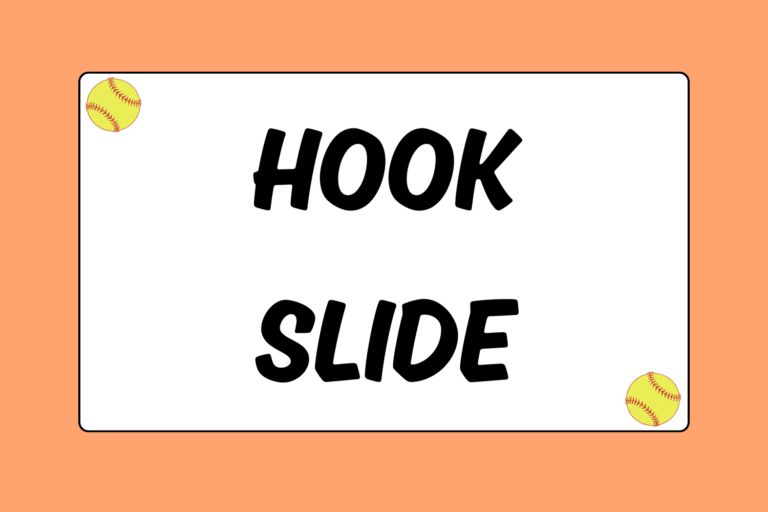The hit-and-run is fairly self-explanatory: The batter hits and the runner runs. However, there are potential circumstances that can add some difficulty to the play, such as missed pitches, wild pitches, fly balls, and slow lead-offs. This softball guide breaks down both sides of the play so you can start using it successfully in your next game.
The Call
When a coach calls a hit-and-run, every person involved needs to know what’s going on. Essentially, on the next pitch, the batter is going to make contact with the pitch in order to protect the runner, with the intent to hit a ground ball. The runner, meanwhile, will treat the next pitch like a steal, having the mentality to take the next base.
In the Box
The batter has a very specific role in this play, and it goes beyond just making contact. For this play, the batter must make contact with the ball and it needs to be a ground ball. Because the runner on base is going to take the next base no matter what, the ball needs to be on the ground to protect her. A fly ball or line drive can be caught, meaning the team on offense can turn a double play and the runner will be left stranded.
If you are in the box when this play is called, focus on driving the ball into the ground. If you can get the ball to bounce once, you will be successful. No matter what, though, you need to make contact. Even if it’s the world’s worst pitch, try to at least foul it off. Also, if you can place your hits, try to hit the ball behind the runner; this is the best way to prevent a double play from happening.
On the Bases
The runner also has a very specific role in this play, and that’s simply to run! There isn’t anything too special about her role — she just needs to make it to the next base. However, her success will depend on three things:
- Her lead-off: The runner needs to have a decent lead-off in order to pull this play off, especially if the batter swings and misses! She cannot take her time and mosey off the base; she needs to run hard.
- Her speed: Again, the runner cannot jog to the next base. She needs to tuck her chin, pump her arms, and keep her eyes on the prize — she needs to sprint. She should also anticipate on sliding in.
- Her reaction: With so many things that can go wrong with this play, the runner needs to be aware of what’s going on. Midway between her base and the next, she needs to peek at the batter to see what’s going on. Being able to see what type of hit her teammate got will tell her what she needs to do. For example, if the batter pulled the ball and it’s headed straight at the runner, the runner needs to get out of the way! Likewise, if she sees a pop-up, she needs to put on the brakes and plan on diving back to the base she came from.
Hot Tip: The Bunt & Run
If you think the hit-and-run is exciting, try a bunt a run. The play is essentially the same, except that the batter will bunt. Just make sure it’s not popped up!
The Runner is Going!
This play can be risky because the success of it relies heavily on the batter. If she misses the pitch, the runner is essentially stealing. If the ball is popped up, the runner will be left hanging in the middle of two bases. The batter just needs to relax and go back to the basics of hitting. In this situation, over-swinging will likely hurt her more than help her.





